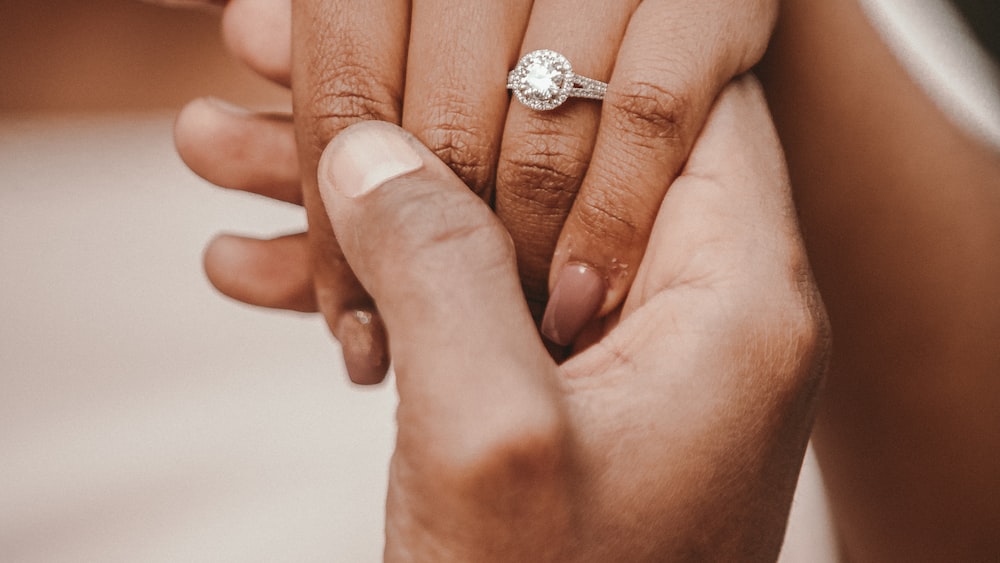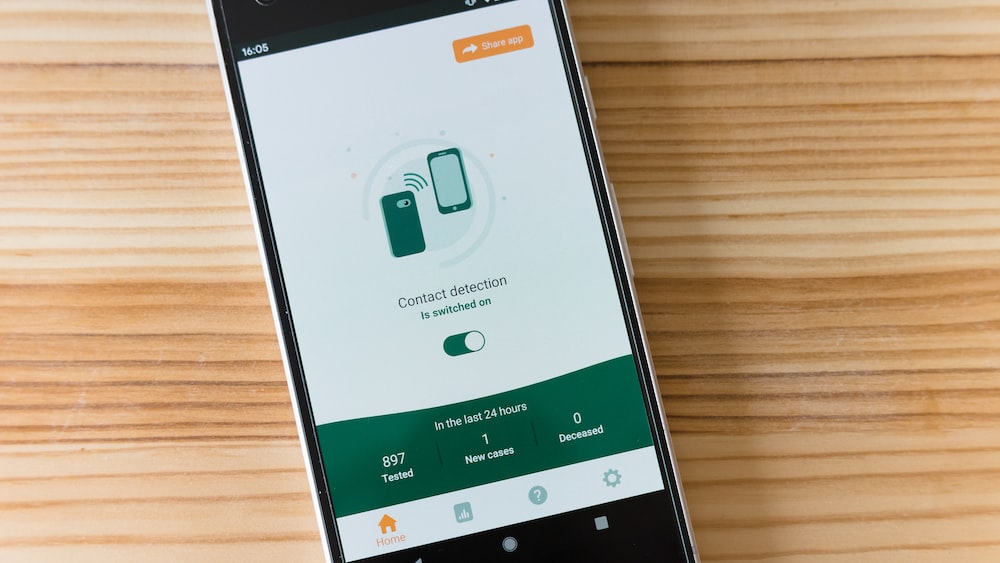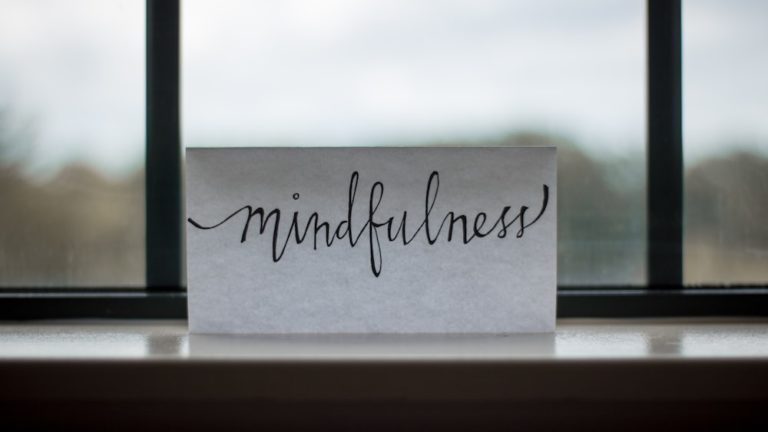Active Listening Vs Passive Listening: Understanding The Key Differences
Hello, friends! Ever found yourself caught in a conversation, simply nodding along while your mind was frolicking in the Bahamas? Or perhaps, you’ve been the talker, sharing your heart out only to find that your ‘listener’ is off visiting galaxies far, far away. Either way, these scenarios are all too common and highlight the subtle, yet significant differences between active listening vs passive listening.
This blog is like a treasure map, guiding you on an enlightening journey through the landscapes of listening. We’ll venture into the realms of active and passive listening, exploring their defining characteristics, key differences, and the intriguing role they each play in different scenarios. Our ultimate goal? To arm you with the power of transformative listening, turning your everyday conversations into remarkable adventures. Ready to join the ride? Buckle up, fellow explorers!
But before we embark, let me just say this. Full disclosure – I am as guilty as anyone of slipping into passive listening. One second, I’m all ears; the next, I’m spinning extravagant daydreams involving dragons, time-travel, and mysteriously appearing pizzas. Nonetheless, let’s tackle this journey together, shall we? Onward!
Understanding Listening
If, like me, you’ve ever been caught half-listening, you might be pondering, “What exactly is listening?” and “Why is it so crucial in communication?” Fear not, dear reader, as we’re about to dissect these loftily important inquiries.
What is Listening?
Listening – it sounds simple enough, right? However, don’t be fooled by its deceptive simplicity. Listening is so much more than just the passive act of receiving sounds. It’s an intricate interplay of cognitive processes, a ballroom dance, if you will, where the ears are merely the sparkling chandeliers, while the brain dons the spotlight, gracefully leading the dance.
At its core, listening is about absorbing, processing, and interpreting the sounds we receive. From the tone of voice and inflections to the undertones, metaphors, and emotions – it’s a complex cocktail that demands your active participation. When executed well, listening sings in sweet harmony with understanding, empathy, and communication. Now, how’s that for an overture?
Listening is an intricate interplay of cognitive processes that demands active participation and when executed well, it sings in sweet harmony with understanding, empathy, and communication.
The Importance of Listening in Communication
If communication were an orchestra, then listening would undoubtedly be its maestro, striking a balance between the soaring strings and booming brass. In the realm of human interactions, listening is the bridge that connects self-expression to understanding, enabling us to perceive not just what is being said, but also the unspoken, underlying layers of meaning.
A speaker shares thoughts, ideas, and emotions – each a delicately wrapped gift of self-expression. As a listener, you unwrapped these gifts, delving into their contents, absorbing, responding, and reciprocating in meaningful ways. The quality of your unwrapping, i.e., your listening, can profoundly impact the quality of your interactions and relationships. So yes, active listening vs passive listening does matter, kind of like deciding between a moped and a Harley for a cross-country road trip! (Remember I said I might exaggerate a bit?)
As research evidence frequently indicates, proficient listeners gain more information, understand better, make sound decisions, and build better relationships. Quite the superheroes, aren’t they? In a nutshell, listening, specifically active listening, is the secret ingredient to enhancing your communication prowess.
Active Listening Vs Passive Listening
Like wrestling with chopsticks or perfecting your moonwalk, understanding the concept of active listening vs passive listening isn’t exactly a cakewalk. But hey, don’t sweat your socks off! We’ll break it down into delectable bite-sized nuggets for you.
Defining Active Listening
Active listening is your crowning glory in the kingdom of communication. It’s more than merely ‘hearing’ someone – it implies an intentional, cognitive effort to understand and engage with the speaker. Active listening is like preparing a gourmet feast – you pay meticulous attention to every ingredient (word), carefully measure them (understand) and blend to taste (respond appropriately).
The superhero process of active listening hence involves three primary elements: comprehending (gathering the facts), retaining (remembering the information), and responding (providing feedback). Now, if you are thinking, “Easier said than done,” I hear you, no pun intended.
Characteristics of Active Listeners
Active listeners are like a rare breed of cat – always alert, involved and responsive. They pay attention not just to the words but also to non-verbal cues, like body language, facial expressions, and tone of voice. They encourage the speaker with ‘mm-hmm’ and ‘I see’ and employ other verbal and non-verbal symbols of understanding.

What sets active listeners apart though, is their ability to paraphrase the speaker, provide feedback, and ask thought-provoking questions. They transform monologues into engaging dialogues, offering both empathy and understanding. In a nutshell, active listeners are the attentive bumblebees of the communication meadow, absorbing all the nectar (information) and cross-pollinating (sharing understanding).
Defining Passive Listening
On the other side of the active listening vs passive listening bout, we have passive listening. Think of it as being the spectator at a boxing match, observing the punches and jabs but not actively participating.
Passive listening is a more relaxed, low-effort form of listening, where the listener absorbs information without engaging in the conversation. You’re merely on the receiving end, not internally summarising or offering feedback. It’s like slurping spaghetti – while some of the sauce (information) does get in, most of the time, you’re too busy twirling and slurping (simply ‘hearing’) to notice.
Characteristics of Passive Listeners
Passive listeners, bless their hearts, are akin to serene sloths, simply absorbing sounds but not actively engaging in decoding or understanding them. They usually avoid eye contact and rarely ask clarifying questions or provide feedback.
Don’t mistake them for disinterested or disrespectful listeners, though. They do listen, but their level of engagement is minimal. They let the conversation flow without interruptions, often making them the preferred listeners in situations where venting or cathartic release is needed. To wrap up, passive listeners are the comfy old couches of the communication world – always there but not necessarily the life of the party.
Passive listeners are like serene sloths, absorbing sounds without actively engaging, making them the preferred listeners in situations where venting or cathartic release is needed.
The Key Differences Between Active and Passive Listening
Unearthing the mysteries of effective communication leads us back to the often underestimated battlefield of active listening vs passive listening. Deeply entrenched in this fray are the ground troops of feedback, focus, and non-verbal cues.
Feedback
Feedback, ladies, and gentlemen, is the fabled double-edged sword that often gets dull in passive listening. As passive listeners, we end up engaging in more of a monologue with our thoughts and losing track of the conversation. For these individuals, feedback seems to be tucked away at the very bottom of their toolkit.
On the other side of the bridge, active listeners tend to have their feedback sword sharp and ready. When you’re actively engaged, providing pertinent and timely feedback becomes as natural as breathing. This might include nodding in agreement or even uttering an occasional ‘Hmm’ or ‘I see’, emboldening the speaker to keep going.
Research shows that such feedback can greatly improve the flow of conversation and foster a sense of value and mutual respect. Remember, effective communication isn’t just about hearing, it’s also about responding.
Focus
Gallop into the arena of focus, and the knights of passive listening seem to be wrestling with invisible beasts, namely distractions. Individuals indulging in passive listening might find their gaze wandering or minds meandering to countless other thoughts instead of paying sincere attention to the speaker’s words.
Active listening, alternatively, demands a certain level of self-discipline, where focus is harnessed and distractions are kept at bay. Be it a buzzing bee or an interesting sculpture on the speaker’s desk, successful active listeners parade a singular focus on the spoken words, embodying the essence of living in the moment.
Non-verbal Cues
Delving into the realm of the unspoken, we arrive at non-verbal cues, an integral part of active listening vs passive listening combat. Passive listeners, due to their disengaged stance, frequently miss these subtle giveaways. From a tiny eyebrow twitch to a fleeting hand gesture, these cues whizz past unnoticed.
Active listeners, however, have a knack for identifying and interpreting such cues. Individuals who actively engage in conversations understand that each arm cross and eye roll can be a treasure chest of information, enhancing their understanding of the speaker’s message.
Active listeners have a special skill for picking up on non-verbal cues, like eyebrow twitches or hand gestures, that provide valuable information and deepen their understanding of the speaker’s message.
The Role of Active and Passive Listening in Different Scenarios
With a clearer understanding of the key differences, it’s time to delve into the practical application of these contrasting types of listening in various scenarios.

When is Active Listening Preferred?
Showcasing active listening skills becomes quintessential in situations that require empathy, problem resolution, or critical understanding. Be it a heart-to-heart with your best friend or a team meeting at work, active listening helps to foster trust and understanding.
Remember, nothing says ‘I’m here for you’ like attentive eye contact and affirmative nods. In more professional settings, it ensures you grasp all necessary details and helps to avoid any potential miscommunication.
When is Passive Listening Suitable?
While active listening may seem like the knight in shining armor, passive listening does have its place and time. For instance, when you’re attending a lecture or a presentation where interaction isn’t vital, passive listening comes into play. In these scenarios, your responsibility is to absorb the information rather than participate in a two-way communication.
In some leisure activities too, such as watching television or listening to a podcast, passive listening is the norm. In these situations, the key is to strike a balance between absorbing content and giving your mind the freedom to wander a bit. At the end of the day, no one wants to feel like they’re in a lecture while watching their favorite sitcom!
How to Improve Your Active Listening Skills
Embarking on the voyage of active listening might seem challenging, but with a few key strategies under your belt, you can become a master of this art.
Avoiding Distractions
In the cacophony of this bright and bustling world, staying focused might seem like a Herculean task. The iPhone on the table might feel like it’s singing a siren’s song. To combat these distractions, individuals may adopt strategies such as maintaining eye contact with the speaker or quickly jotting down notes to stay centered.
Reducing environmental distractions like excess noise, bright lights, or commotion also goes a long way in preserving your focus and promoting active listening. After all, stuffing your fingers in your ears every time you hear a loud sound isn’t the most dignified way to maintain your focus, is it?
To combat distractions and stay focused, try strategies like maintaining eye contact, taking notes, and reducing environmental distractions.
Maintaining Eye Contact
Ah, the ever-important eye contact – no, not the kind that you might have with an alien species, but the one with your fellow human beings. In the realm of communication, it plays a star role. Eye contact interprets as attentiveness, interest, and trust which, of course, are the cocktail for an engaging conversation. Would you talk to a person constantly looking at their shoes? Not really! It feels like talking to a wall.
In active listening, maintaining eye contact speaks volumes without uttering a single word. It subtly conveys to the speaker that you are genuinely interested in what they’re saying. We humans, after all, are suckers for attention and positive reinforcement, aren’t we? Eye contact discreetly strokes the speaker’s ego – an endorsement that their words carry weight.
However, a word of caution – too little eye contact can imply disinterest, while too much can be downright creepy. So, remember, there’s a thin line between listener extraordinaire and a starer. Let’s not mistake active listening for a staring contest!
Being Mindful of Your Body Language
My wily body often has a mind of its own. One day, mid-conversation, it decided to embark on a yawning spree. Can you imagine the horror on the speaker’s face, misinterpreting it as a sign of boredom? That’s when I realized body language’s crucial role in effective listening.
The unconscious movements and gestures we make may babble more than our words ever could. A subtle nod, a tilted head, or an attentive posture act as quiet cheerleaders in the theater of active listening. They convey the message: “Hey, I find your ideas fascinating!”
However, in the name of subtle hints, avoiding over-exaggerated movements is wise. You wouldn’t want to scare the speaker with repeated vigorous nods or giving them the impression of a ‘yes-man’. So, stay mindful of your body language. After all, active listening is not a performance, it’s an authentic engagement.
Encouraging Verbally
We’ve all been grateful for that one person who showers us with encouraging words during our monologue. I bet you’d want to be that person for someone else. Can you guess the magic word here? Yes, it’s verbal encouragement, which is the fairy dust in the dreamy land of active listening.
Verbal encouragement doesn’t mean you have to interject with an overenthusiastic “Aha!”, every two minutes. A simple “I see”, “I understand”, or a timely question can do the trick. Remember, the goal is to make the speaker feel valued, not like they are conversing with an overly caffeinated listener.
FAQs
1. What are some examples of active and passive listening?
Exciting examples! In active and passive listening, we find the highs and lows of communication dynamics. For active listening, think about a trusted friend nodding, maintaining eye contact, and responding thoughtfully to your worries. That’s active listening in its purest! However, passive listening might be sitting silently in a lecture, absorbing the content without engaging in the discussion.
2. Can active listening be used in all situations?
Active listening can be handy in pretty much every situation where effective communication is necessary. Yet, it’s okay to shift the gear to passive listening when the situation demands less engagement, like listening to ambient music or a podcast as you cook.
3. How can I practice and improve my active listening skills?
Improving your active listening skills can start with seemingly small steps. Starting from maintaining eye contact, paying attention to non-verbal cues, and providing thoughtful verbal responses can significantly enhance your active listening prowess.
4. What are the potential barriers to active listening?
Potential barriers to active listening can range from internal distractions (like mind-wandering) to external ones (like a noisy environment). Habits like interrupting the speaker or multi-tasking can also nail the coffin of effective active listening.
Conclusion
And so we wrap up our enlightening journey into the contrasting worlds of active listening vs passive listening. Surprising, right? Who would’ve thought that listening, often seen as a passive activity, could be so full of color, energy, and engagement?
Listening isn’t a one-size-fits-all activity but a flexible art, shifting and morphing according to the conversational needs. Whether you’re at a party, in a business meeting, or on a romantic date, your brand of listening – be it active or passive – can spell the difference between a blabberfest and a meaningful exchange.
Remember, dear reader, transforming from a passive listener to an active one isn’t about becoming a perfect listener overnight. But it’s about making small yet significant changes every day that foster deeper, more meaningful conversations.
So, fire up those ears, sharpen that focus, and get ready to embark on this rewarding journey towards becoming a more thoughtful, responsive, and engaging listener. Here’s to the endless possibilities that active listening beholds!
As I end this, a quote from Epictetus strikes me, “We have two ears and one mouth so that we can listen twice as much as we speak.” Quite fitting, don’t you think? Until next time, dear friend, keep listening, growing, and thriving.
From the keyboard of yours truly, Fabian
Share with your Friends:






